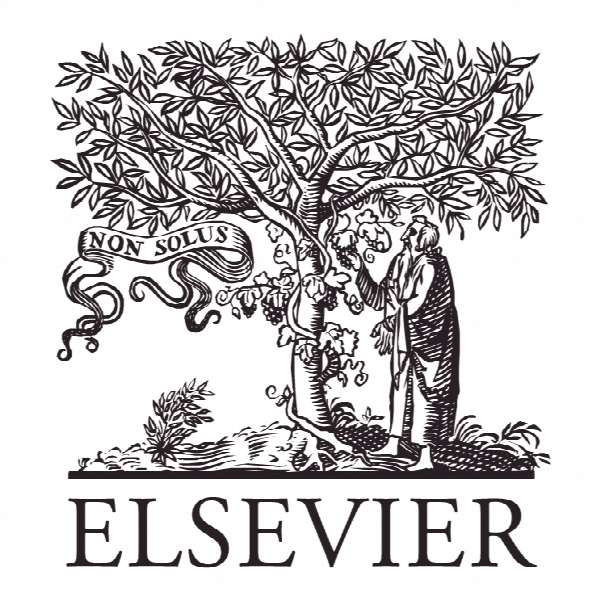Mulidexterity در مدیریت ارتباط با مشتری: مفاهیم مدیریتی و یک برنامه تحقیقاتی Multidexterity in customer relationship management: Managerial implications and a research agenda
- نوع فایل : کتاب
- زبان : انگلیسی
- ناشر : Elsevier
- چاپ و سال / کشور: 2018
توضیحات
رشته های مرتبط مدیریت
گرایش های مرتبط مدیریت منابع انسانی و بازایابی
مجله مدیریت بازاریابی صنعتی – Industrial Marketing Management
دانشگاه Copenhagen Business School – Frederiksberg – Denmark
منتشر شده در نشریه الزویر
کلمات کلیدی انگلیسی Ambidexterity, Multidexterity, Relationship management, Research agenda
گرایش های مرتبط مدیریت منابع انسانی و بازایابی
مجله مدیریت بازاریابی صنعتی – Industrial Marketing Management
دانشگاه Copenhagen Business School – Frederiksberg – Denmark
منتشر شده در نشریه الزویر
کلمات کلیدی انگلیسی Ambidexterity, Multidexterity, Relationship management, Research agenda
Description
1. Introduction Industrial Marketing Management has been a cornerstone in the advancement of our understanding of business marketing for the past 25 years. In this period of time, our understanding of business marketing has advanced not only in depth (i.e., toward a more detailed understanding of specific tasks) but also in breadth (i.e., toward an understanding of the many tasks that fall into the domain of business marketing). The many contributions focused on enhancing our understanding of business market management suggest that business marketing consists of a plethora of tasks, such as building new customer relationships, maintaining existing relationships, exploring new markets and protecting existing ones, and generating customer insights. For many decades, marketing research has focused on different orientations (e.g., Kohli and Jaworski, 1990) or waves of marketing (e.g., Hedaa and Ritter, 2005). The emphasis on orientations, such as customer orientation, product orientation, and market orientation, implies that the focus of marketing is not only on something but also away from something else. In other words, there is a distinct managerial choice, such that one agenda “wins” over other agendas. This dichotomy is also implied in newer contributions to marketing thinking, such as servicedominant logic (SDL) (Vargo and Lusch, 2004) in which the orientation is toward services and away from goods. However, what about firms servicing customers who are focused on both services and goods? How can a firm manage combinations and co-existence? The classic 4Ps of marketing decisions (McCarthy, 1964) and the balanced scorecard (Kaplan and Norton, 1996) suggested that firms need to master four different focus areas at the same time. Additions to the 4P model led to the emergence of 7Ps (Booms and Bitner, 1980) and the 30Rs (Gummesson, 1995), which have added to the complexities of marketing. Common to these contributions is the notion that the managerial challenge is not necessarily about choosing the right P, the most important R, or the most appropriate orientation, but to achieve all of them simultaneously while managing the interplay among these different tasks. This paper’s first contribution is an illustration of the multiplex nature of business marketing at the customer relationship level. We suggest that customer relationship management can be conceptualized as 36 different tasks that may be equally important for a firm wishing to optimally manage its customer relationships. In this regard, we establish the existence of multiplexity in customer relationship management and the need to manage multidexterity. We then turn to the managerial challenges of multidexterity. In people, ambidexterity is the ability to use both hands (or both feet) at the same time, like drummers or helicopter pilots. Ambidexterity is also a well-known concept in business and it has been extensively studied in that context. Its original conceptualization addresses the balance between exploration and exploitation (e.g., Duncan, 1976) or the “ability to simultaneously pursue both incremental and discontinuous innovation and change” (Tushman and O’Reilly, 1996, p. 24). Ambidexterity has also been discussed in the pages of Industrial Marketing Management. In an attempt to move beyond analyses of ambidexterity within innovation and in relation to firm performance (e.g., Li and Huang, 2012; Zhang, Edgar, Geare, and O’Kane, 2016), Sok, Sok and De Luca (2016) explore the duality of selling and servicing by salespersons as selling-service ambidexterity. More recently, Nijssen, Guenzi, and van der Borgh (2017) documented the importance of acquisition-retention ambidexterity—the ability of a sales force to handle customer acquisition and customer retention at the same time—for organic sales growth.


